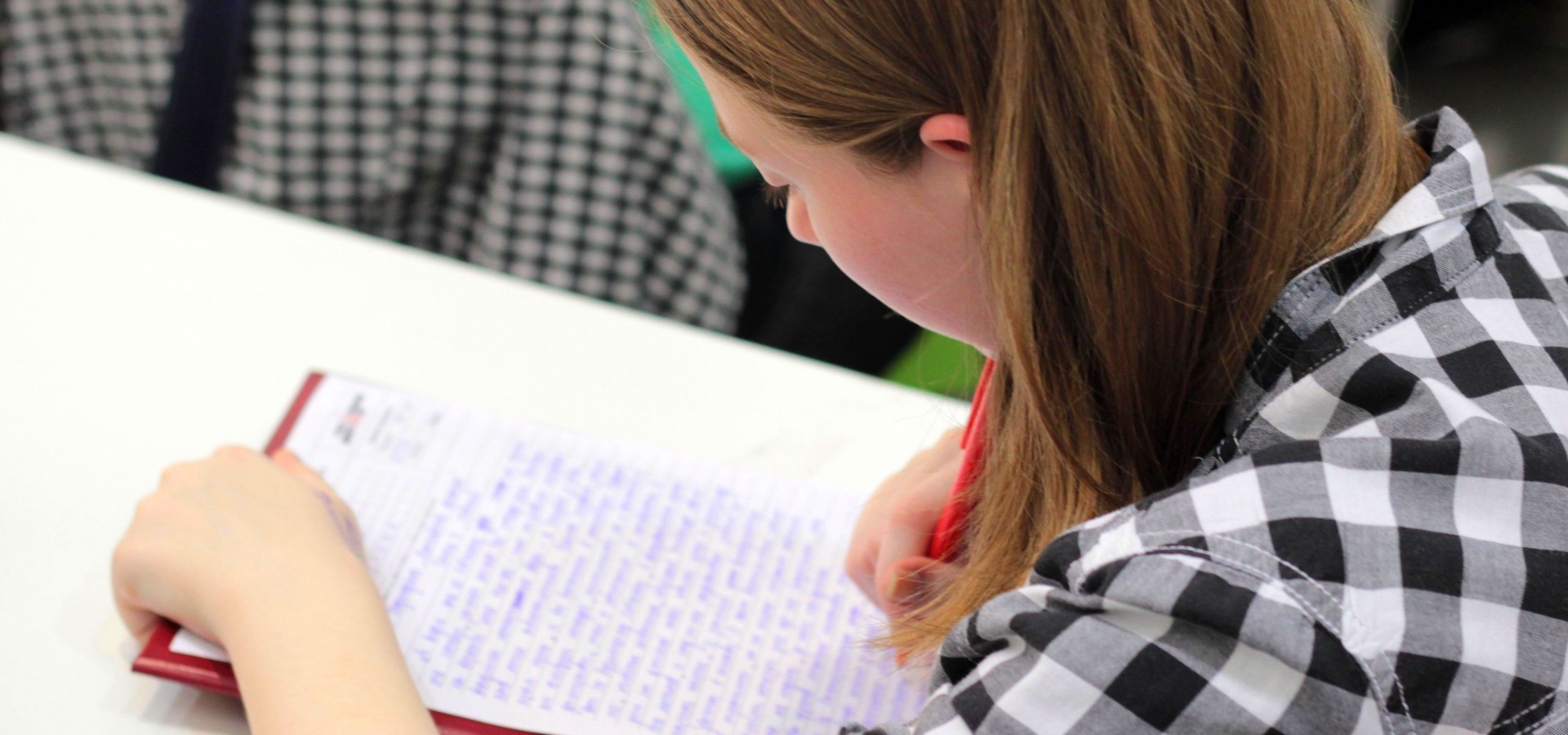
Why Your Child Should Be Getting An Allowance
If your child has just started learning the difference between bills and coins, it won’t be long till they’re asking for their own share. And while that might be a little scary for you – they grow up so fast – there are lots of really good reasons to start giving your children an allowance. So if you’re on the fence about whether you think your kids are ready for some responsibility, here are four reasons why an allowance might be a good idea. Reason #1 – They learn how to budget When your child starts receiving an allowance, it’s the perfect opportunity for you to introduce them to budgeting. Because they’re now dealing with their own money, kids learn how to start prioritising where it goes – how much goes towards lunch money or after school treats, toys or video games. By teaching them to work to a budget you’ll be giving them a lesson in self control. That’s not always an easy lesson for kids to learn, but making the effort to curb bad habits when they’re young can prevent a lifelong habit of impulse spending. And that’s becoming increasingly important these days. Mozo conducted research into Australia’s obsession with post-pay layby service, Afterpay and found that 1 in 4 shoppers using the service experienced financial stress. That points to a worrying trend of overspending in Aussie adults and high personal debt, which appears to be a global trend. So the sooner your child gets into the habit of spending within their means, the better they’ll become at managing expenses later on in life. [ads2] Reason #2 – It’ teaches them how to set financial goals Budgeting goes hand-in-hand with setting financial goals, which for kids, usually means saving up to buy something they really want. And although owning the latest Mickey Mouse Play Doh set requires a little less work than buying a home, setting small goals builds good habits, like dedication and commitment. Knowing that you won’t just be buying them things they want and instead, when they want it, they’ll have to save their allowance starts kids on the path to thinking about their money long-term. It also means they’ll learn the skill of prioritising their spending and making hard decisions, like whether they want a treat right now, or extra spending money when your family goes on holiday at the end of the year. Let them pick their own short and long term goals, whether it’s the latest video game or a new toy, that way, the payoff will be meaningful to them. And as they inch closer to their goal, they’ll see the value in putting money away. One fun way to keep them on track is to design a motivation board. Grab some glue and stick pictures of their ‘goals’ onto cardboard, before hanging it in their bedroom where they can see it everyday. And if your child isn’t one for arts and crafts, many savings accounts offer virtual planners and activities to help kids manage their money online. The other thing to keep in mind is to make sure that if you’re encouraging your child to set savings goals, their allowance is enough to let them actually reach that goal within a reasonable amount of time. For instance, while a teenager might be willing to wait to buy their first car, a child in elementary school hoping to land a new LEGO set might not stay interested after a couple of months. So do the math and make sure that they’re not setting their expectations higher than your wallet can afford. Reason #3 – They’ll reap the benefits of saving If there’s one virtue that’s lost on many children, it’s patience. But by keeping your child from running to the lolly aisle at the first chance they get, they’ll enjoy one of the long-term benefits of saving – compound interest. The longer kids have savings stashed away, the more time there is for compound interest to work its magic and grow their funds. So give them a place to stash their new ‘income’ by opening up a savings account, so they can make regular deposits and start earning interest today. Then, by the time they finish high school, they’ll have a nice little stash to take away to college, go travelling or just to keep in case of emergencies. If you really want to give them a head start, it might be a good idea to match their savings to help them stay focused, like adding an extra $10 a week. Because if you did this from the age of 5, they’d have a whopping $6,240 by their 18th birthday – not too shabby of a gift! [ads2] #4 – It’ll give them a taste of independence Many kids just can’t wait to be treated like an adult and having their own money, especially if they’re taking out the trash every night or keeping their room tidy to earn it, is a great first step towards that kind of independence. Having their own money means they can start to make more independent decisions about how they want to use it, which can keep them motivated to continue saving. They might even decide to try a new hobby or learn a new skill with their newfound wealth which gives them a chance to work out who they are as a person. Financial independence can be addictive! If you’re the parent of a teenager, you could make things interesting by giving ‘salary negotiation’ a go. Sit down with them and talk about the quality and quantity of work they do around the house, then discuss whether their current allowance reflects this accurately. Even though they’re a long way away from doing this with an actual employer, it does give them the chance to test drive their negotiation skills and put their own price on their time and effort. Just don’t be surprised if they get too clever and start organising monthly negotiations! The next step –


































